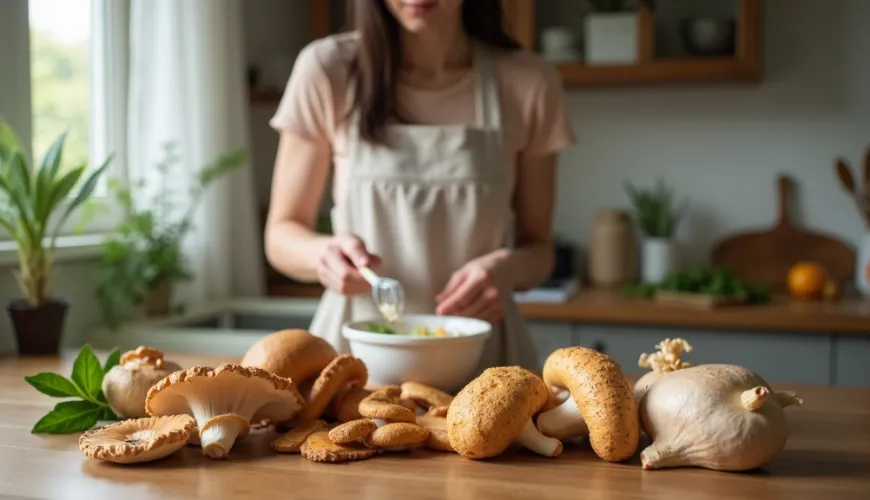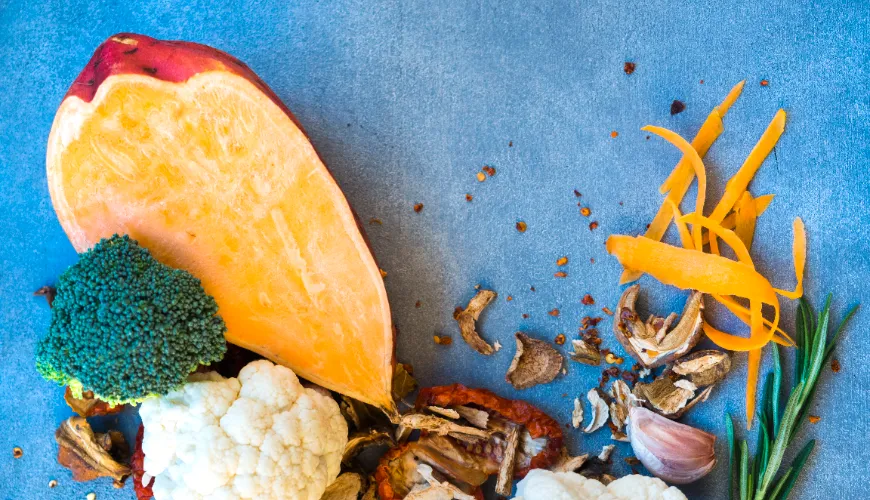
Stepmother Slices, a Favorite Recipe You'll Love

Macecha Slices - A Recipe That Smells of Home and Memories
Among traditional Czech desserts, there are a few staples that might not appear on trendy Instagram profiles, but we regularly encounter them at family celebrations, festivals, or Sunday visits to grandma's. One of these is the macecha slices – a peculiar name that hides a surprisingly simple yet rich dessert, deserving a place in every household.
What Exactly Are Macecha Slices?
This specific name might evoke a forgotten recipe from an old cookbook, but macecha slices have a surprisingly strong fan base. It is a moist and simple cake baked on a large tray, based on dark cocoa dough with a top layer of a curd mixture or light dough. This contrast between the dark and light layers inspired the name "macecha" – a metaphor based on color separation and a certain "duality" of the dessert. Some say the dark base represents the stepmother, while the light part represents the innocent child.
Regardless of the symbolism behind the name, the fact remains that it is a very popular and easily adaptable dessert, passed down through generations in Czech kitchens.
Cup Recipe Anyone Can Handle
A popular variant is the so-called macecha slices by cup, a recipe where ingredients are measured using a traditional quarter-liter cup, rather than scales – appreciated by those who don’t have kitchen scales or dislike complex measuring. Moreover, it's a great way to involve children in baking. The cup method is straightforward, quick, and almost foolproof.
The recipe varies slightly according to regional and family customs. Some versions use kefir in the dough, others use milk or sour cream. The curd can be vanilla-flavored, lemon-flavored, or mixed with pudding. These details are where the magic lies – everyone can find their own "macecha."
One tried and true version for macecha slices on a large tray in cup style might look like this:
Ingredients for the Dark Dough:
- 2 cups of semi-coarse flour
- 1 cup of granulated sugar
- 1 cup of milk or kefir
- half a cup of oil
- 2 tablespoons of cocoa
- 1 baking powder
- 2 eggs
Filling (Light Layer):
- 2 tubs of soft curd
- 1 egg
- half a cup of powdered sugar
- vanilla sugar
- lemon zest (optional)
All ingredients for the dark dough are simply mixed in a bowl and poured onto a greased and floured tray. The curd filling is spread on top – either by spoon in irregular heaps or evenly as a continuous layer. After baking (about 30–35 minutes at 180 °C), a contrasting two-colored slice is created, which is not only tasty but also visually appealing.
Why Are Macecha Slices So Popular?
There are several reasons. Simplicity, which does not require any complex techniques or special ingredients. Speed of preparation – in less than an hour, everything is baked and cleaned up. But mainly – the dessert tastes great. It's not overly sweet, it's moist, gently cocoa-flavored, and thanks to the curd, it’s not a dry "choking" cake, but a dessert that can be served to guests.
One of the favorite occasions for macecha slices is school events or community baking. A typical example? A school fair in a small village in Vysočina. Moms brought their baked goodies, and while brownies and modern cupcakes remained almost untouched, macecha slices sold out in twenty minutes. Children enjoyed "that fluffy curd" part, and adults appreciated that they weren’t overly sweet.
Variations According to Taste and Season
Macecha slices can be adjusted to match the season or current taste. In summer, fresh blueberries, raspberries, or chopped apricots can be added to the curd. In autumn, the cake pairs well with grated apples or pears. In winter, a pinch of cinnamon or rum essence is sometimes added to the dough for a warming aroma.
A less known, but very tasty variant uses curd mixed with vanilla pudding – creating a fluffier layer that beautifully sets while baking and remains moist. For more festive occasions, the slices are drizzled with chocolate glaze or sprinkled with shredded coconut after cooling.
Their versatility echoes the words of well-known Czech chef Jiří Štift: “The best recipes aren’t the complex ones, but those that can be shared.”
Slices That Connect Generations
Macecha slices are not just a treat; they are also a connection between generations. Children love them because they are sweet and moist. Adults remember them from childhood, often as a Sunday dessert from grandma. And grandmas? They can bake them almost blindfolded because they know the recipe by heart.
Moreover, they are ideal for any larger event – the recipe for macecha slices on a large tray can easily serve ten or more portions. And if a few pieces remain for the next day, they taste even better than freshly baked. The curd filling moistens the dough, making the cake almost melt in your mouth.
Interestingly, the recipe isn’t exclusively Czech. Similar layered cakes are baked in other Central European countries – in Slovakia, it’s known as “layer cake,” and in Poland, there’s a version called “murzynek z serem.” However, the Czech version is unique not only in name but also in its straightforward cup method.
When Simplicity Meets Tradition
Although today’s times favor desserts with exotic names, vegan alternatives, and raw cakes, macecha slices have a firm place on tables and in people’s hearts. Perhaps because they remind us of a time when dessert was the result of home care, not complicated gastronomy.
This cake is proof that real flavor doesn’t require complex techniques or expensive ingredients. Just a few simple ingredients, a bit of time, and a desire to create something that smells like home. And that's what makes macecha slices more than just a dessert – they become a small ritual that connects flavors, memories, and family traditions.

